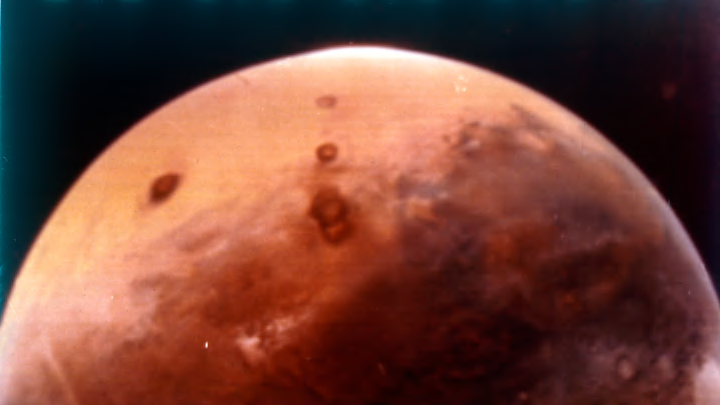The question of whether life exists on Mars has fascinated scientists and the general public for decades, even before we found the mysterious face in Cydonia. While scientists have since been able to explain the face as a simple optical illusion, recent developments from NASA's Perseverance rover may have found some real evidence that life once existed.
Discoveries by the Perseverance Rover
NASA's Perseverance rover has been exploring the Jezero Crater, a site that scientists believe used to contain water as a large lake, and they can even make out river deltas, making it a great location to look for signs that life once existed there.
Perseverance has been using ground-penetrating radar and other scientific instruments to analyze the Martian surface and subsurface, looking for clues, with one discovery already made being layers of sediment that reinforce the theory that water once flowed.
Potential Biosignatures
Among the most promising findings that life may have once existed are rocks rich in carbonate and sedimentary layers that are excellent at preserving ancient biological material. These rocks formed from deposits left by ancient rivers and similar rocks on Earth often contain fossilized life forms.
They also found several off-white splotches on the rock, each with a black ring around it that contains iron and phosphate. Scientists say these leopard-like spots are usually a fossilized record of microbes living in the subsurface when we find them on Earth.
Current Status and Future Prospects
While the rover has made significant strides, the definitive evidence of life on Mars is still pending, and scientists are hoping to get some samples back to Earth so they can analyze them in their better-equipped labs. They expect to receive the first samples in the early 2030s and will begin analyzing them to see if the deposits are indeed signs of life.
What Instruments Does the Perseverance Rover Use to Detect Signs of Life?
The Perseverance rover has several scientific instruments, including the Radar Imager for Mars' Subsurface Experiment (RIMFAX), which uses ground-penetrating radar to map underground layers and various spectrometers and cameras to analyze rock and soil samples for organic molecules and minerals that may indicate past life.
What Is the Significance of Finding Carbonates on Mars?
Carbonates are significant because they can preserve fossilized life forms on Earth. Finding carbonates on Mars suggests that similar preservation processes could have occurred, potentially holding clues to ancient Martian life.
Follow Geeksided to stay up to date about life on Mars and to leave comments and questions.
